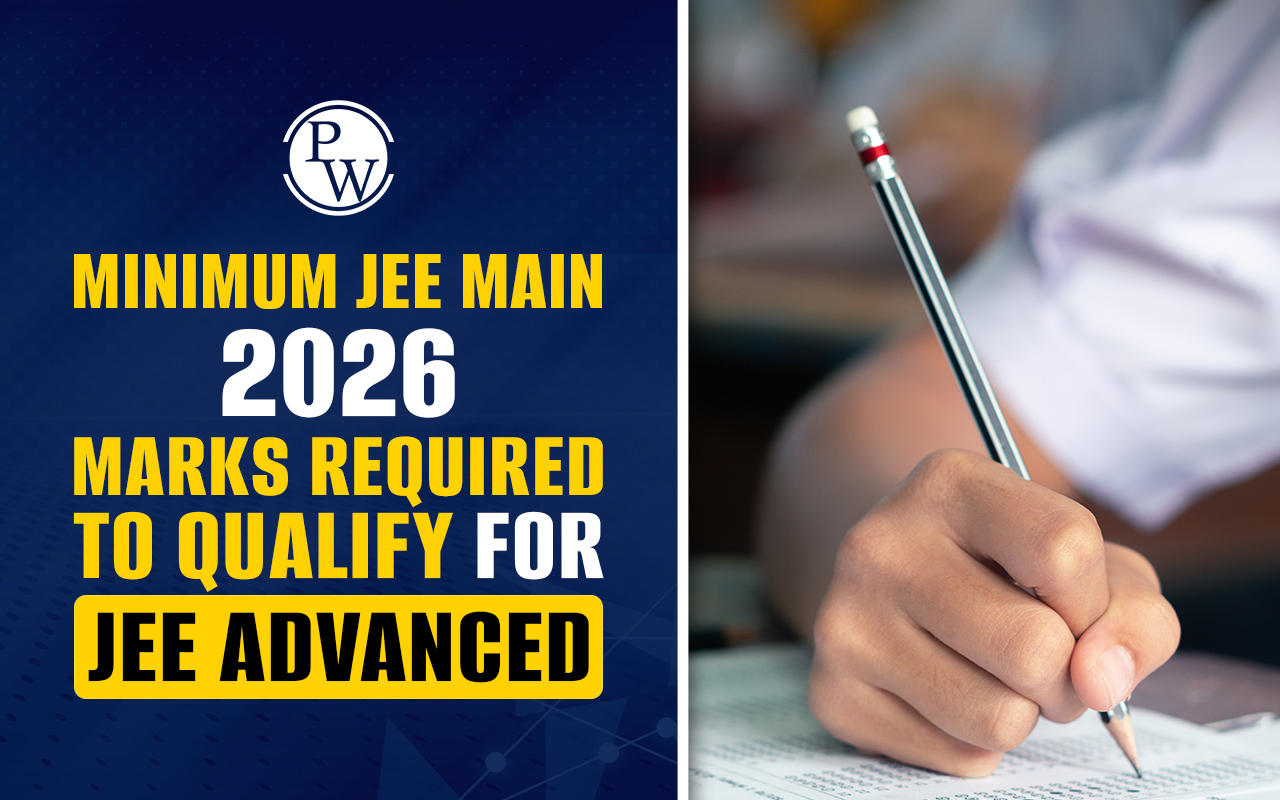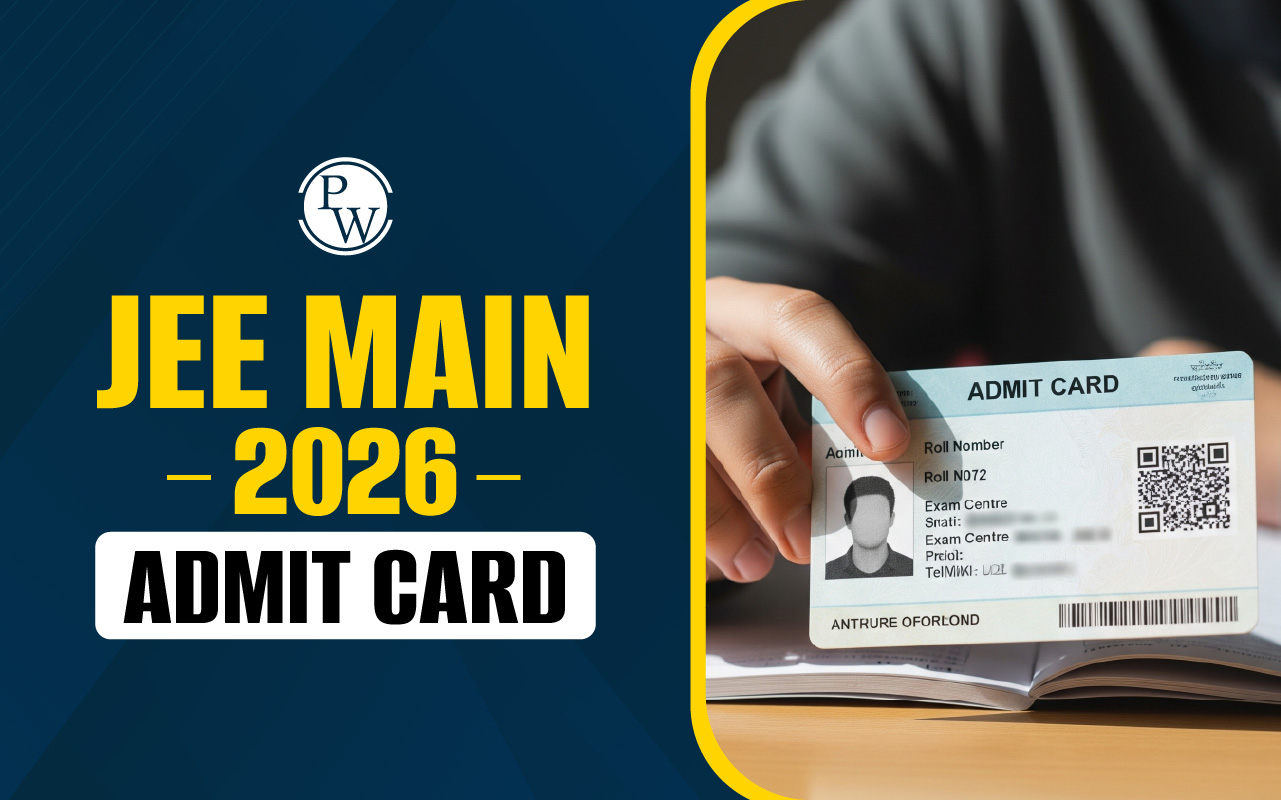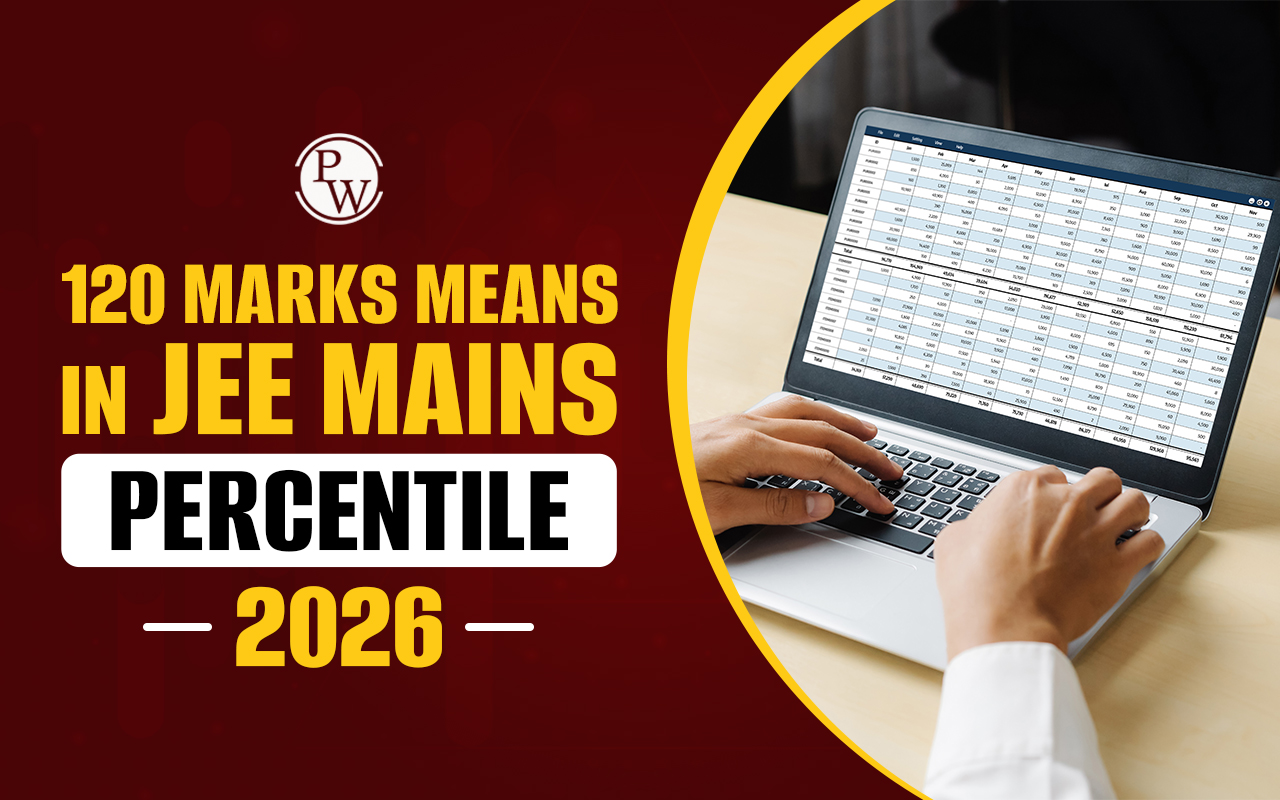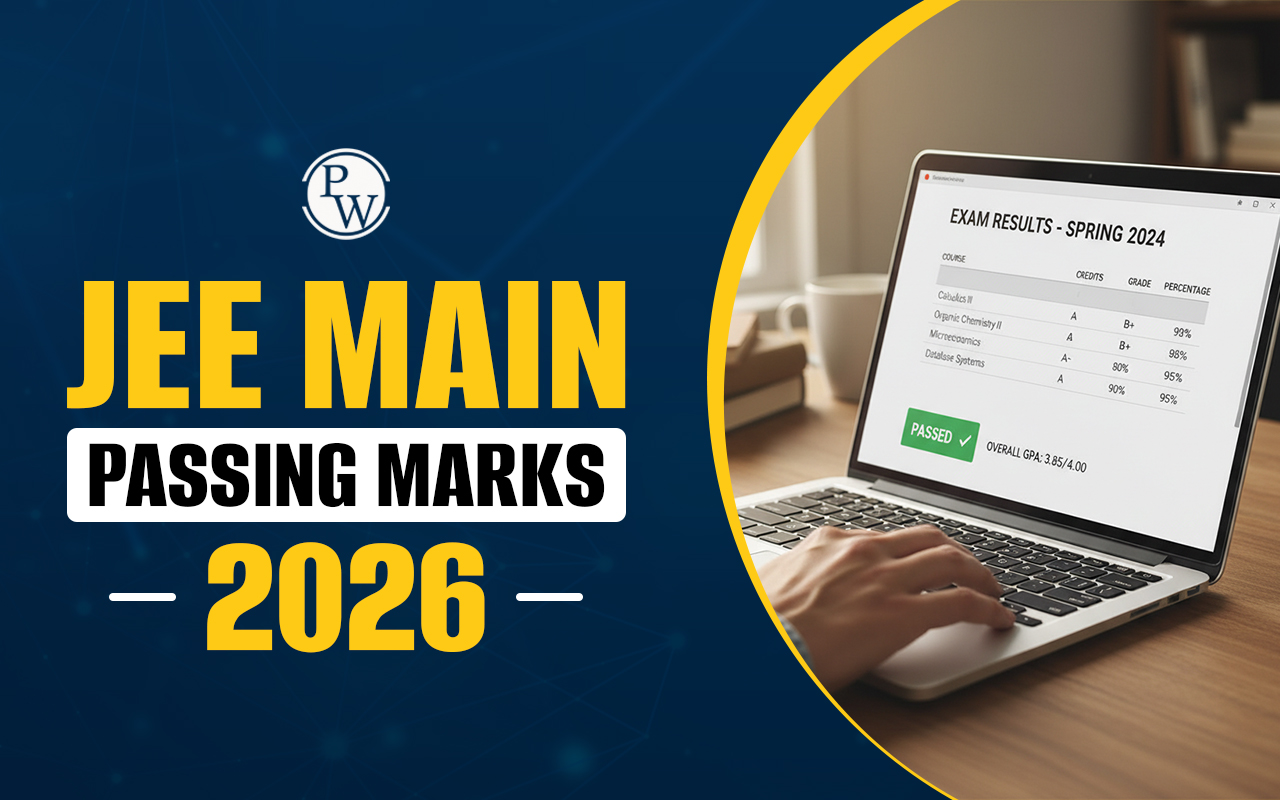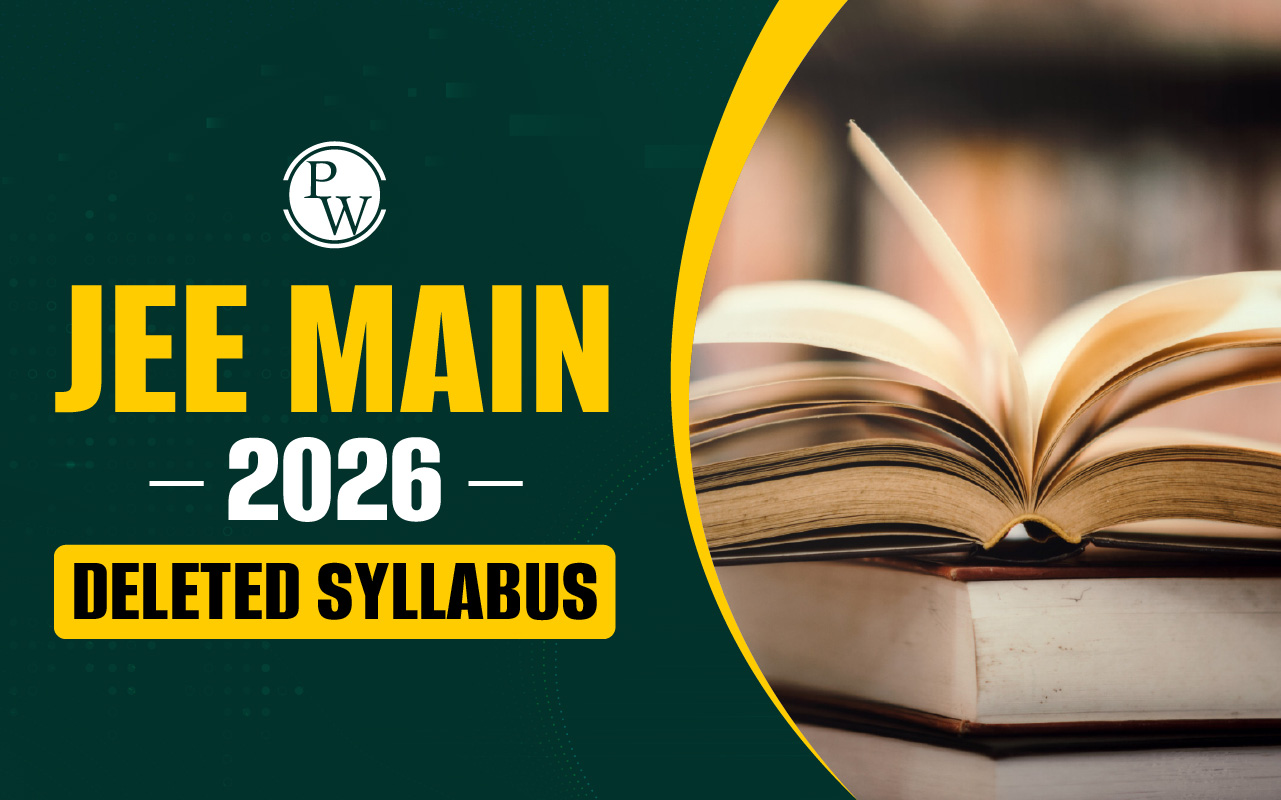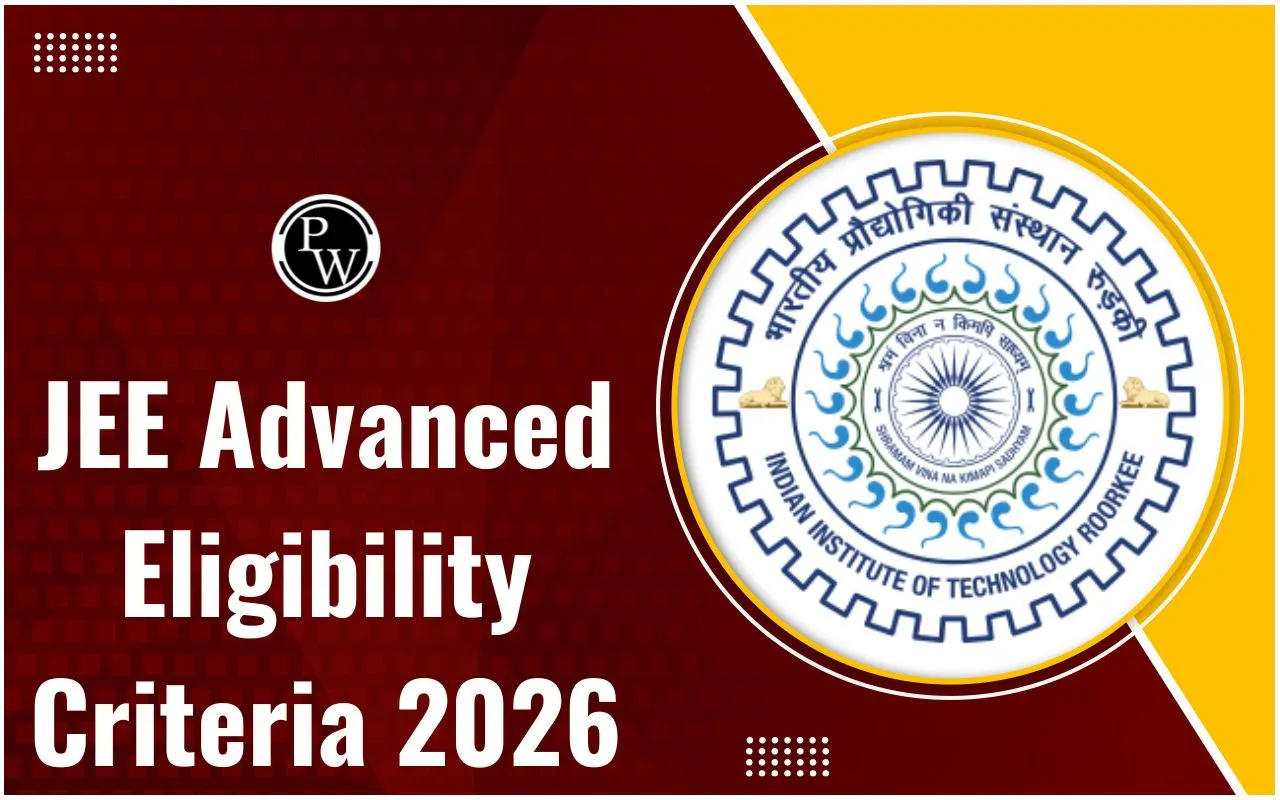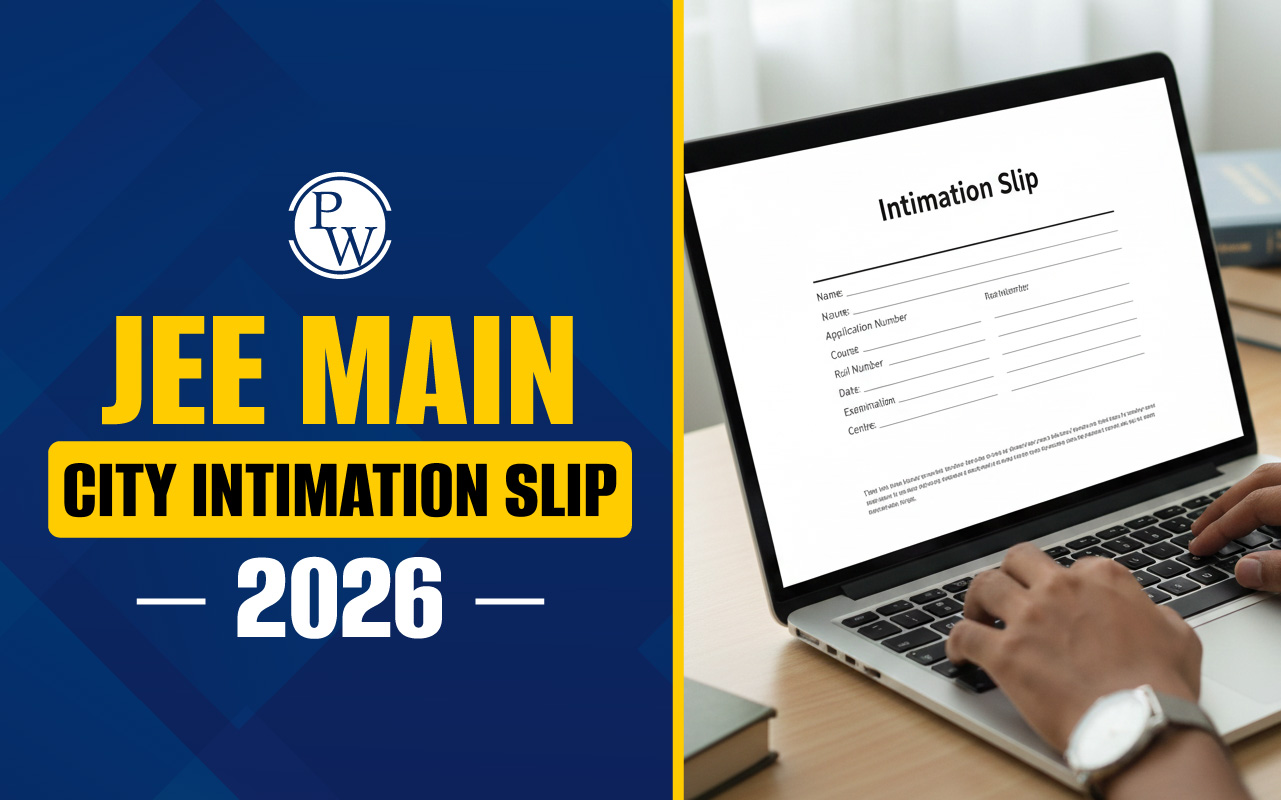
JEE Main Syllabus 2026 can help students who are preparing for the national-level engineering entrance exam. It covers all essential topics in Physics, Chemistry, and Mathematics from the Class 11 and 12 NCERT curriculum. Aspirants who want admission to B.E./B.Tech, B.Arch, or B.Planning courses should follow this updated syllabus to plan their preparation effectively and focus on important subjects
Students are advised to review each subject and understand the weightage assigned to each chapter. Learning about the JEE Main syllabus helps aspirants to manage their preparation easily. The JEE Main 2026 syllabus PDF, once released by NTA, shall be used as the official reference for all candidates. Till then, candidates can refer to the general trends in the JEE Main syllabus.
Also Read: JEE Main 2026 Live Updates
JEE Main Syllabus 2026 Overview
JEE Main 2026 details about the syllabus will be available in the official notification for the entrance test by the NTA. The exam is conducted by the National Testing Agency for admissions to top engineering colleges in India. Students should be aware of the JEE Mains 2026 exam date and schedule to plan their preparation accordingly. However, NTA has not declared the JEE 2026 exam date yet.
The JEE Mains 2026 syllabus includes three main subjects: Physics, Chemistry, and Mathematics, for Paper 1. It should be noted that Paper 2 covers B.Arch and B.Planning streams.
Also Check:
Here is the brief overview of the JEE Main Syllabus 2026 :
|
JEE Main Syllabus 2026 Overview |
|
|---|---|
|
Parameter |
Details |
|
Official Notification Release |
October 2025 (Expected) |
|
Authority |
National Testing Agency (NTA) |
|
Syllabus Availability |
Available on the NTA website, once released |
|
Document Format |
|
|
Key Sections |
Physics, Chemistry, Mathematics |
Note: Candidates are advised to visit the official NTA portal to learn about the recent updates in the JEE Mains syllabus for 2026.
Also check: JEE Main Previous Year Question Papers
Subject-wise Syllabus for JEE Main 2026
Learning about the subject-wise JEE syllabus 2026 details can help candidates prepare systematically for the upcoming JEE Main exam. The official syllabus is yet to be released. However, applicants can use the previous year’s syllabus for reference purposes.
Paper 1 Syllabus (Physics, Chemistry, and Mathematics)
The JEE Main syllabus covers Physics, Chemistry, and Mathematics with topics from Class 11 and 12 NCERT curriculum. Physics JEE Mains syllabus 2025 includes mechanics, thermodynamics, and modern physics.
Further, Chemistry JEE Mains syllabus 2025 focuses on physical, inorganic, and organic topics. JEE Mains Maths syllabus 2026 covers algebra, calculus, coordinate geometry, and trigonometry.
Following the IIT JEE syllabus helps candidates to prepare effectively for Paper 1 in the upcoming JEE Mains 2026:
|
Paper 1 Syllabus Highlights for JEE Mains 2026 |
|
|---|---|
|
Subject |
Key Topics |
|
Physics |
Mechanics, Thermodynamics, Electromagnetism, Optics, Modern Physics |
|
Chemistry |
Physical, Organic, Inorganic Chemistry, Solutions, Chemical Kinetics |
|
Mathematics |
Algebra, Calculus, Coordinate Geometry, Trigonometry, Probability |
Note: Candidates should refer to the detailed chapter-wise syllabus in the official PDF for complete topics, once released by the NTA.
Paper 2A (B.Arch) Syllabus
The JEE B Arch syllabus 2026 is designed for students who want admission to architecture courses. Topics for Paper 2 include mathematics, aptitude, drawing, and reasoning to test the spatial understanding and creativity of the applicants. Preparation for Paper 2A requires candidates to practice sketching, visualising architectural designs, and solving numerical aptitude questions.
Paper 2B (B.Planning) Syllabus
The JEE Mains Planning syllabus 2026 focuses on planning-based aptitude, mathematics, and reasoning sections. Students are required to develop analytical skills, interpret data, and practice problem-solving questions to perform well in Paper 2B.
Deleted or Reduced Syllabus for JEE Main 2026
Candidates should be aware of the JEE Mains deleted syllabus 2026 to optimise their preparation. Deleted topics for JEE Mains 2026 include P Block and Solid State, and some chapters have reduced weightage. Knowing deleted topics helps aspirants avoid unnecessary study load. Here are a few deleted or reduced topics in the upcoming JEE Main paper as per NCERT updates:
|
Deleted syllabus of JEE Mains 2026 as per previous trends |
|
|---|---|
|
Topic |
Status |
|
P Block Elements |
Deleted |
|
Solid State |
Deleted |
|
Trigonometric Equations |
Deleted or Reduced |
|
Some Complex Organic Reactions |
Reduced |
Note: The above-mentioned topics for the reduced syllabus of JEE Mains 2026 are for reference purposes only. These topics have been deleted from the previous year’s JEE Main syllabus. Aspirants should confirm the deleted or reduced topics in the final list from NTA when it is released.
JEE Main 2026 PDF Download
Students can download the NTA JEE Mains 2026 syllabus PDF once it is officially released. The PDF will contain details of chapters for Physics, Chemistry, and Mathematics, along with Paper 2A and 2B topics. Furthermore, the JEE Mains syllabus 2026 PDF download in Hindi is also available on the official portal. Using the official JEE Mains 2026 syllabus PDF download helps aspirants stay updated with the latest changes.
JEE Main 2026 PDF link (Inactive)
Chapter-wise Weightage in JEE Main Syllabus 2026
Candidates who are aware of the weightage of topics included in JEE Mains can smartly prepare for the upcoming paper. Further, candidates can learn from here about the topics that are reduced or deleted from the JEE Mains for the year 2026.
Mathematics
Understanding JEE Mains 2026 syllabus with weightage helps students to make a priority-based preparation strategy. Candidates should note that topics like calculus, algebra, and coordinate geometry generally carry higher marks. Focusing on high-weightage chapters can improve performance in the Mathematics section.
-
Calculus, Algebra, and Coordinate Geometry generally carry higher marks
-
Probability, Trigonometry, and Matrices have moderate weightage as per trends
Also Check: JEE Main Mathematics Chapter Wise Weightage 2026
Physics
Physics section includes chapters such as mechanics, electricity, and optics. Students should allocate more preparation time to the high-scoring topics to maximise marks. As per trends-
-
Mechanics and Electrostatics (High weightage)
-
Optics and Thermodynamics (Moderate weightage)
-
Modern Physics (Lower weightage)
Also Check: JEE Main Physics Chapter Wise Weightage 2026
Chemistry
Chemistry chapter-wise weightage suggests that physical chemistry and inorganic chemistry chapters have more importance. Aspirants can plan preparation by balancing practice between theory and numerical problems.
-
Physical Chemistry and Inorganic Chemistry chapters are more important
-
Organic Chemistry is moderate in weightage
-
Practice numerical and conceptual problems from physical chemistry frequently
Also Check: JEE Main Chemistry Syllabus 2026
Recommended Books for JEE Main 2026
PW syllabus and PW modules JEE PDF offer comprehensive study material for all subjects. These books guide students through NCERT topics, provide practice questions, and cover previous years’ papers. Using recommended resources ensures aspirants strengthen conceptual clarity and problem-solving skills.
Tips to Complete JEE Main 2026 Syllabus on Time
Aspirants should create a structured timetable, focus on high-weightage chapters first, and allocate regular revision time. Practising mock tests, solving previous year papers, and maintaining consistency are effective ways to complete the JEE Mains syllabus 2026 on time. At the same time, students should balance speed and accuracy while attempting practice questions.
Here are some useful preparation tips for JEE Main 2026 aspirants:
-
They should divide the syllabus into weekly and monthly targets to track progress efficiently.
-
They should prioritise high-weightage chapters in Physics, Chemistry, and Mathematics for focused preparation.
-
They should allocate time for daily practice of numerical and conceptual questions.
-
They are required to revise important formulas, concepts, and reactions regularly to strengthen their memory.
-
They can attempt previous year JEE Main papers to understand the exam pattern and difficulty level.
-
They should take mock tests under timed conditions to improve speed and accuracy.
-
They can analyse mistakes in practice tests and work on weaker sections consistently.
-
They must maintain a balanced study schedule with short breaks to avoid burnout.
Enroll now for JEE Online Courses by PW
JEE Main 2026 FAQs
What is the full syllabus of JEE Main 2026?
Has the syllabus changed from last year?
Which topics are deleted or reduced in JEE Main 2026?
How can I download JEE Main 2026 syllabus PDF from NTA?
Is P Block removed from JEE Main 2026?
Is Solid State removed from JEE Main 2026?
Are Trigonometry Equations deleted from JEE Main 2026?

